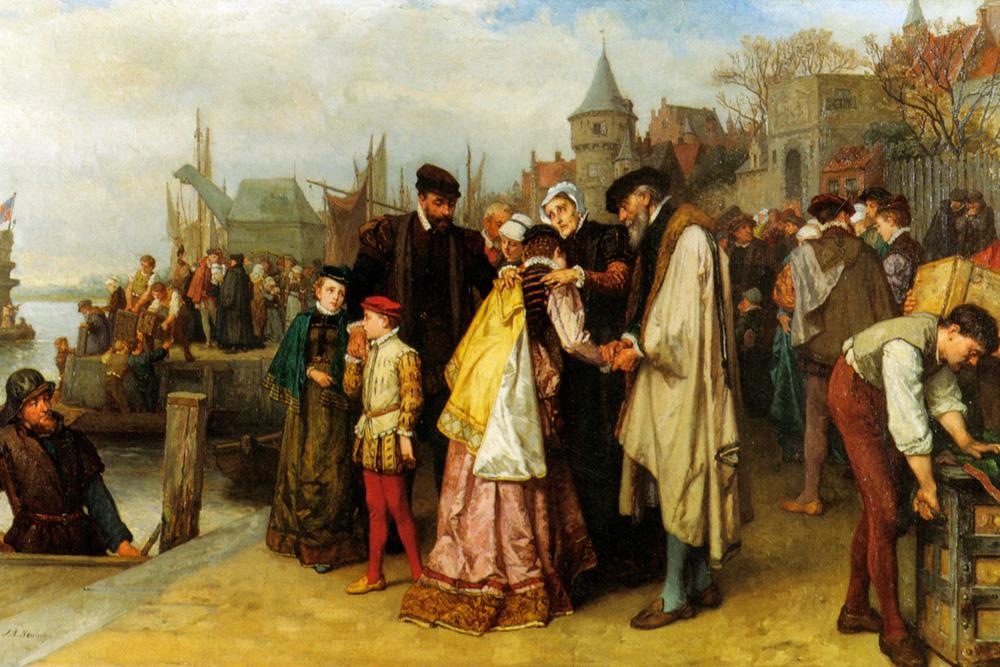The Huguenot migration in the 17th century
Who were the Huguenots ?
The Huguenots are the Protestants of the Kingdom of France and the Kingdom of Navarre during the Religious Wars of the second half of the 16th century (1562-98), during which they were in conflict with Catholics.
The word huguenot is also attached to Protestants who emigrated from France as a result of religious unrest or persecution, first during the «first Refuge» of the 1560s, with a maximum after Saint Bartholomew’s Day, then during a second wave, triggered under Louis XIV by the dragonnades and the revocation of the Edict of Nantes on October 18, 1685
Revocation of the Nantes Edit
The Huguenots were French Protestants who experienced significant migration in the 17th century due to religious persecution in France. The period of persecution began after the Edict of Fontainebleau in 1685, which revoked the Edict of Nantes of 1598 which had granted Protestants the right to practice their religion in France.

After the revocation of the Edict of Nantes, many Huguenots were persecuted, imprisoned, tortured and executed. Many were forced to convert to Catholicism or leave France. Huguenots who chose to leave fled to other European countries, including the Netherlands, Germany, Switzerland and England. Some also went to the French colonies in North America, especially Louisiana.
Consequences of this migration.
Huguenot migration has had a significant impact on the countries that have welcomed them. Huguenots were often skilled artisans, traders and entrepreneurs, who brought their know-how and expertise to the countries that welcomed them. In England, for example, the Huguenots helped create the silk industry and founded companies that still exist today.
Huguenot migration has also had a significant cultural impact. Huguenots brought their culture, language and religion to the host countries, which contributed to the cultural and religious diversity of these countries.
Today, the Huguenot migration in the 17th century is considered one of the most important forced migrations in the history of France, and it is commemorated in many places in France and around the world.